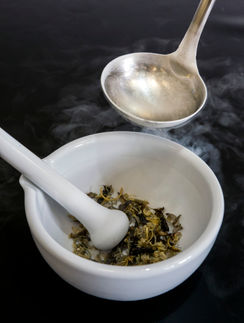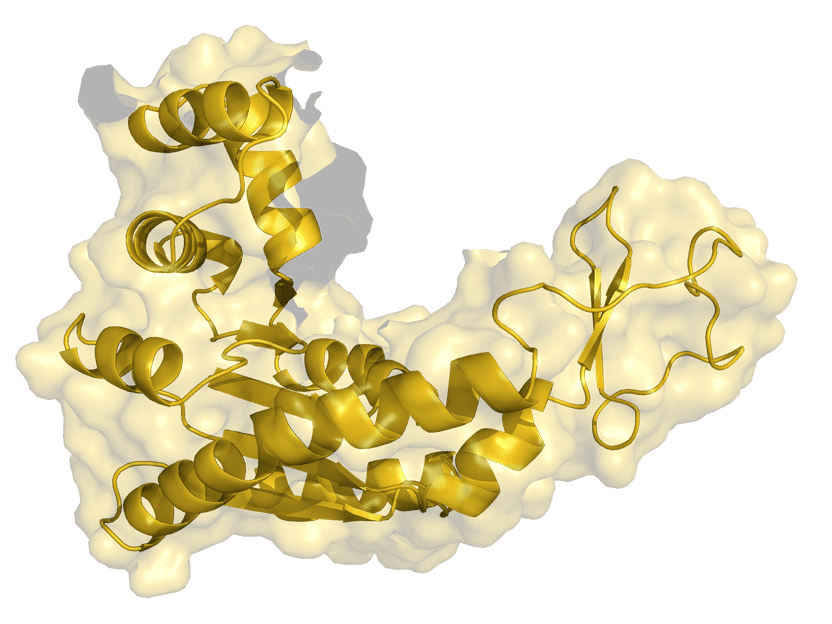Identifying toxic materials in water with machine learning
New research can quickly identify toxins from oil sands and tailing ponds
Waste materials from oil sands extraction, stored in tailings ponds, can pose a risk to the natural habitat and neighbouring communities when they leach into groundwater and surface ecosystems.

Symbolic image
Unsplash
Until now, the challenge for the oil sands industry is that the proper analysis of toxic waste materials has been difficult to achieve without complex and lengthy testing. And there’s a backlog. For example, in Alberta alone, there are an estimated 1.4 billion cubic metres of fluid tailings, explains Nicolás Peleato, an Assistant Professor of Civil Engineering at the University of British Columbia's Okanagan campus (UBCO).
His team of researchers at UBCO’s School of Engineering has uncovered a new, faster and more reliable, method of analyzing these samples. It’s the first step, says Dr. Peleato, but the results look promising.
“Current methods require the use of expensive equipment and it can take days or weeks to get results,” he adds. “There is a need for a low-cost method to monitor these waters more frequently as a way to protect public and aquatic ecosystems.”
Along with masters student María Claudia Rincón Remolina, the researchers used fluorescence spectroscopy to quickly detect key toxins in the water. They also ran the results through a modelling program that accurately predicts the composition of the water.
The composition can be used as a benchmark for further testing of other samples, Rincón explains. The researchers are using a convolutional neural network that processes data in a grid-like topology, such as an image. It’s similar, she says, to the type of modelling used for classifying hard to identify fingerprints, facial recognition and even self-driving cars.
“The modelling takes into account variability in the background of the water quality and can separate hard to detect signals, and as a result it can achieve highly accurate results,” says Rincón.
The research looked at a mixture of organic compounds that are toxic, including naphthenic acids—which can be found in many petroleum sources. By using high-dimensional fluorescence, the researchers can identify most types of organic matter.
“The modelling method searches for key materials, and maps out the sample’s composition,” explains Peleato. “The results of the initial sample analysis are then processed through powerful image processing models to accurately determine comprehensive results.”
While results to date are encouraging, both Rincón and Dr. Peleato caution the technique needs to be further evaluated at a larger scale—at which point there may be potential to incorporate screening of additional toxins.
Peleato explains this potential screening tool is the first step, but it does have some limitations since not all toxins or naphthenic acids can be detected—only those that are fluorescent. And the technology will have to be scaled up for future, more in-depth testing.
While it will not replace current analytical methods that are more accurate, Dr. Peleato says this approach will allow the oil sands industry to accurately screen and treat its waste materials. This is a necessary step to continue to meet the Canadian Council of Ministers of the Environment standards and guidelines.
Original publication
See the theme worlds for related content
Topic World Spectroscopy
Investigation with spectroscopy gives us unique insights into the composition and structure of materials. From UV-Vis spectroscopy to infrared and Raman spectroscopy to fluorescence and atomic absorption spectroscopy, spectroscopy offers us a wide range of analytical techniques to precisely characterize substances. Immerse yourself in the fascinating world of spectroscopy!

Topic World Spectroscopy
Investigation with spectroscopy gives us unique insights into the composition and structure of materials. From UV-Vis spectroscopy to infrared and Raman spectroscopy to fluorescence and atomic absorption spectroscopy, spectroscopy offers us a wide range of analytical techniques to precisely characterize substances. Immerse yourself in the fascinating world of spectroscopy!



























































